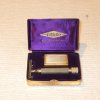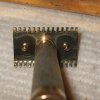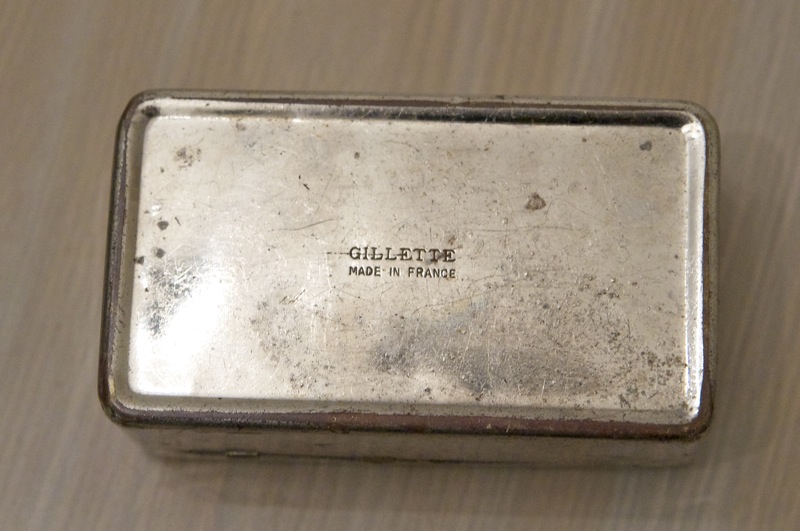I wanted to make a thread to see if there is any new information about the "G in D" stamp on razors for the French market. From what I can find from reading old threads it was originally thought that this was a stamp on silver razors imported into France, but it has appeared on Gold razors as well including this one I recently purchased. Is the consensus still that this stamp was on any plated items imported into France? Is it possible that it was there to distinguish plating from the actual metal?
Here is a Big Fellow I recently bought. I thought it was a mismatch as in French it reads "Imported from England", yet the Razor is U.S. made. However, I saw the G in D stamp which means the razor was imported to France like the case was.
Has anyone seen examples in French sets that a case would be imported from England, and a razor was imported from the U.S. and they would have been sold in the same set?
Cheers.


Here is a Big Fellow I recently bought. I thought it was a mismatch as in French it reads "Imported from England", yet the Razor is U.S. made. However, I saw the G in D stamp which means the razor was imported to France like the case was.
Has anyone seen examples in French sets that a case would be imported from England, and a razor was imported from the U.S. and they would have been sold in the same set?
Cheers.










